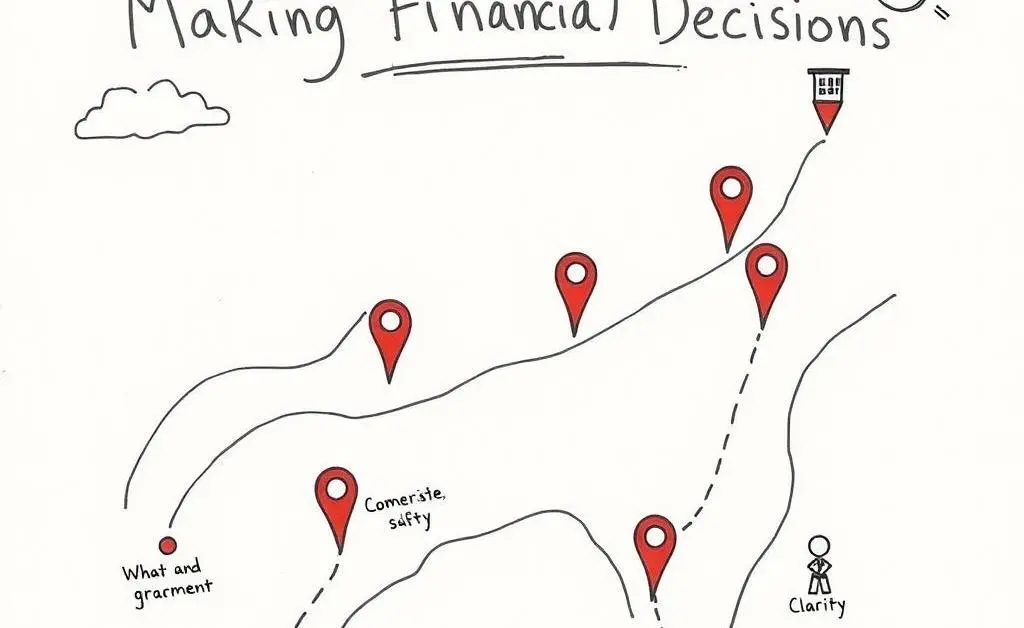Investing Wisely: How to Decide Where Your Money Should Go
Discover practical steps to navigate your investment options effortlessly.

Hey there! Let’s talk about a topic that often floats around our minds but sometimes feels a bit hard to pin down: investing. When you’ve got some extra cash, the question is: where should it go? This decision holds real weight for our present and future selves, and I’m here to help you navigate these waters with a bit more confidence.
Understanding Your Financial Landscape
Before diving in, it might help to look at your finances as a whole. Think of it as laying out a map—where you are and where you’d like to go. Ask yourself, what are your short-term and long-term goals? Retirement, a house, that dream vacation? Understanding these desires can be your compass.

Setting Clear Priorities
Once you know your goals, it’s crucial to prioritize them. Much like choosing what to tackle first from a to-do list, understanding what’s most urgent or meaningful to you can guide your investment strategy. Maybe paying off student loans gives you the peace of mind to then focus on saving for a down payment.
Exploring Your Options
Now that you have a clear view of where you’re heading, let’s explore the options for getting there. There’s a world of investments out there—stocks, bonds, real estate, to name a few. Each has its own flavor of risks and rewards.

Stocks and Bonds: The Basics
Stocks, for example, can offer high rewards but come with volatility. Bonds typically are more stable, but with gentler returns. It’s a bit like choosing between a thrilling adventure or a peaceful walk through the park. Each has its appeal depending on your comfort with risk.
Real Estate and Other Ventures
Maybe you’re drawn to tangible assets, like property. Real estate can be a stable investment, often appreciating over time. But, of course, it requires a bit more active management. Active management simply means you’ll need to be more hands-on, keeping an eye on those rental properties or renovation plans.
Balancing Risk and Reward
After educating yourself about the different types of investments, the next step is identifying your risk tolerance. Are you someone who’s okay with some ups and downs for the chance of bigger gains, or do you prefer slow and steady wins the race?
Diversification: Your Safety Net
Here’s where diversification comes into play. Spreading your investments across various assets may safeguard against unpredictable swings. It’s a bit like not putting all your eggs in one basket, a safe strategy for peace of mind.

A Thoughtful Conclusion
Ultimately, the best financial journey is one that feels right for you. It’s about aligning your finances with what matters most in your life, and finding balance in the choices you make. Remember, the choices you make now are stepping stones paving the way toward your future. Take this journey gently and mindfully, checking in with yourself along the way.
So, how are you feeling about your next step? I’d love to hear what investment paths you’re considering!




